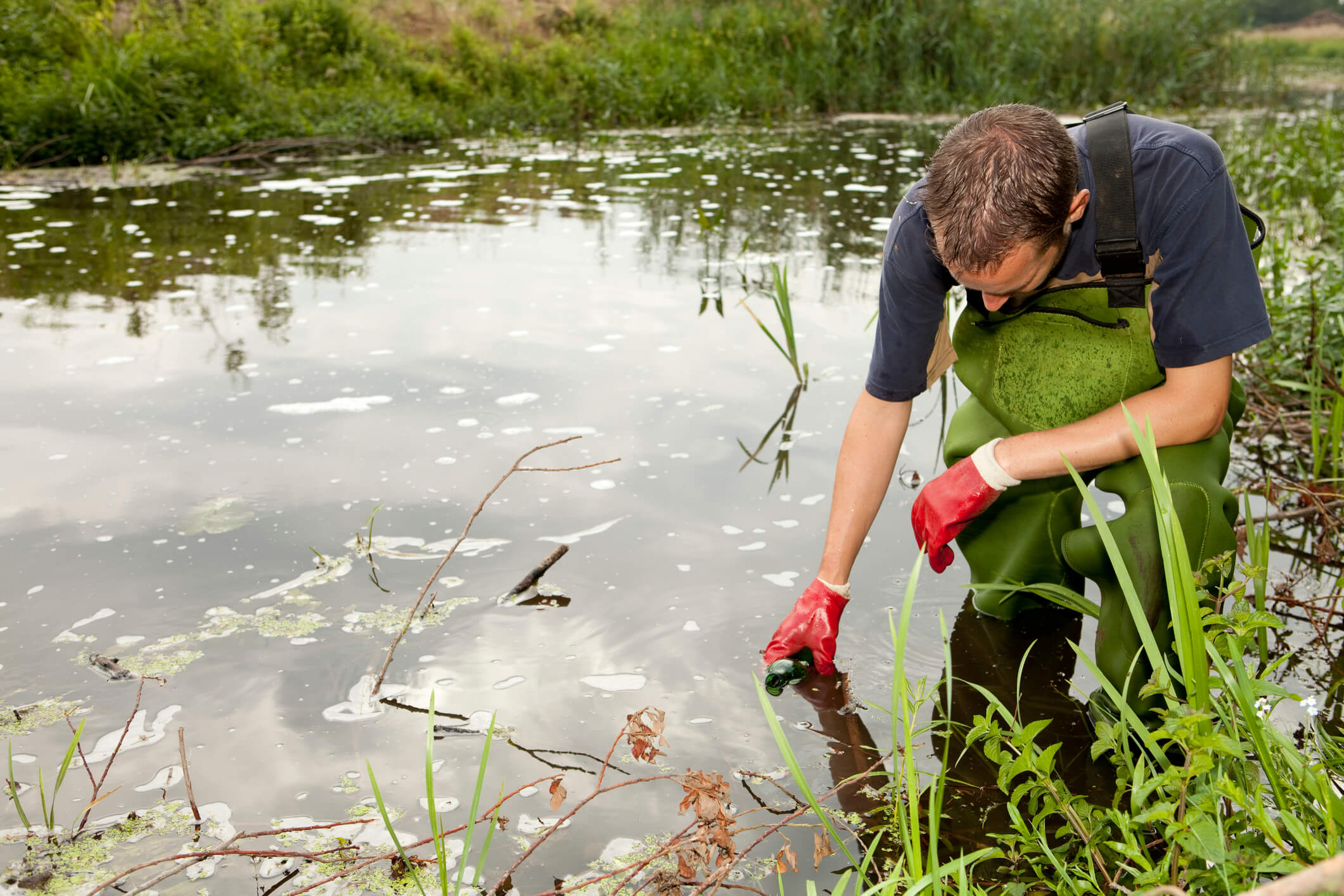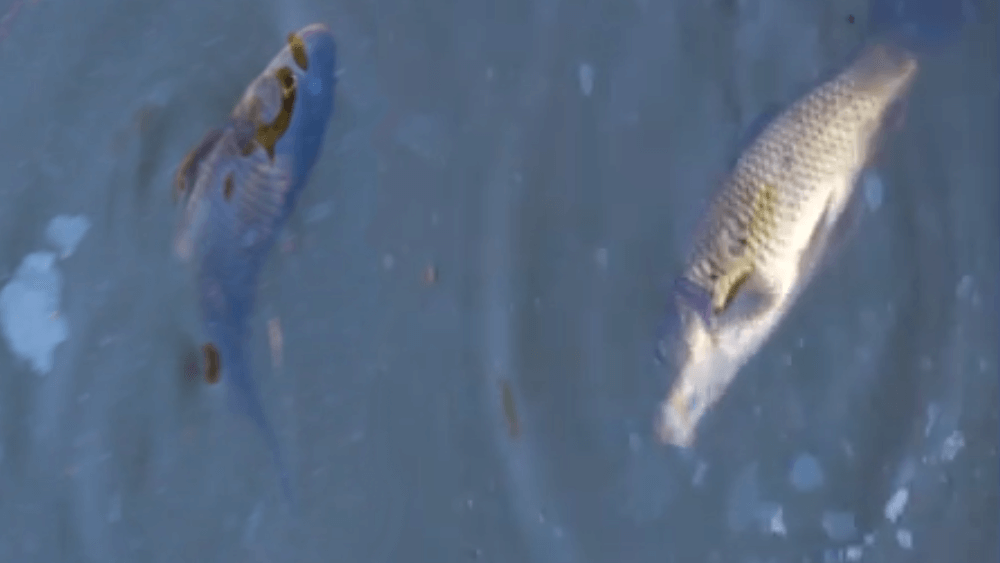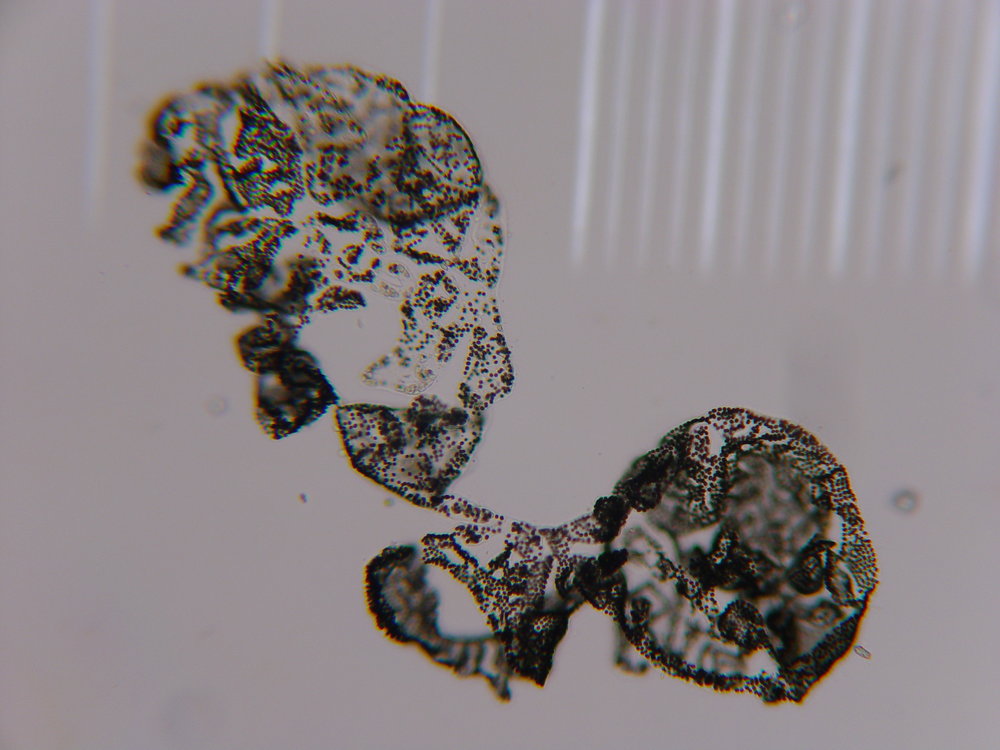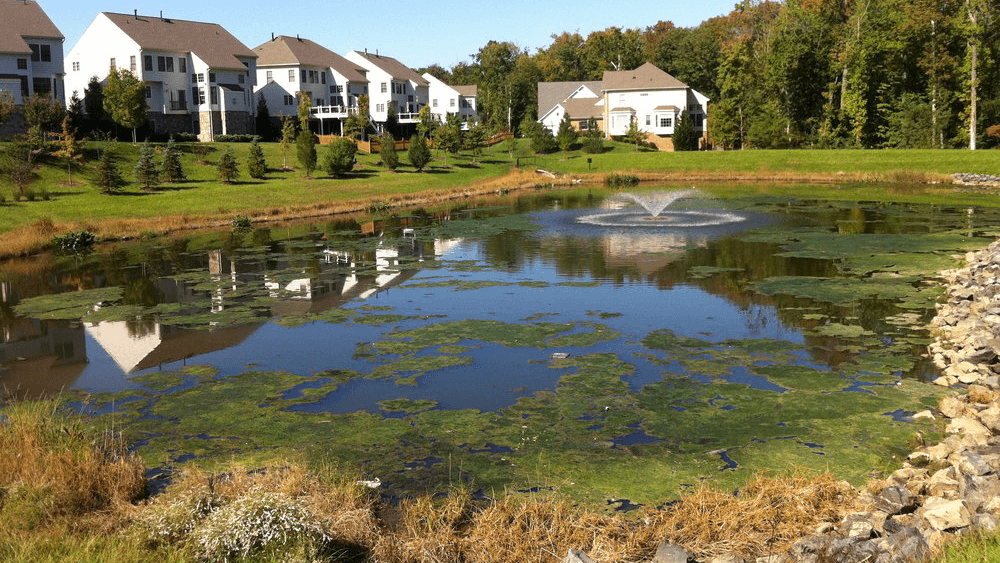Algae Corner: Identifying Weeds & Algae by Look and Feel

Algae Corner: Promoting Healthy Fisheries
Want to get Updates? Get the latest news by subscribing to our channel:
The First Step to Getting Rid of Algae in Your Pond
Welcome to this special hands-on episode of "Algae Corner!” If you’re interested in getting rid of algae in your pond, or perhaps eliminating invasive weeds, this episode is for you. The first step in any solution is to identify the specific problem you’re dealing with.
What we’re going to cover today is called a hand test identification, a common method for identifying types of weeds and algae. We’re actually going to go down to our water body, take some samples, show you a few different examples, and help you get on the right track this season.
Why is it Important to Identify Weeds and Algae?
Identifying the nuisance aquatic weed or algae that you're dealing with in your pond system is critical to matching up the right solution. Some algaecides work better on different types of algae, and many of them don't work on aquatic weeds at all. A lot of herbicides work better on different types of plants, while they certainly don't work on many nuisance types of algae. So it’s very important to identify what you're dealing with to match up the right solution for your pond or lake system.
Example 1: Watermeal
Let's get started with our first specimen!
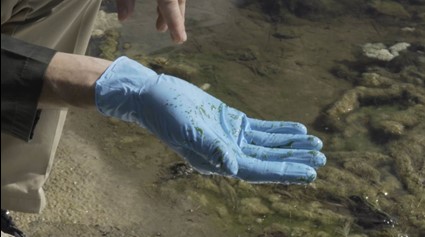
This one is usually floating on the surface of the water body itself. It's hard to pick up a bunch of it, but it looks like tiny little waxy beads. It feels a little gritty. This is actually the world's smallest flowering plant, called Watermeal.
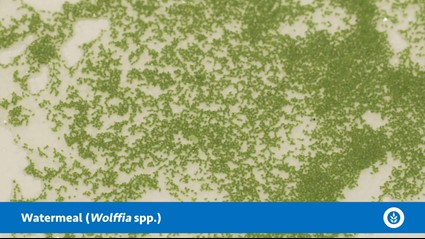
It gets around very easily, and it’s very tough to control, but it is something we can definitely help you with a prescription on.
Example 2: Duckweed
Next up, here’s another specimen that often covers the surface of a water body.
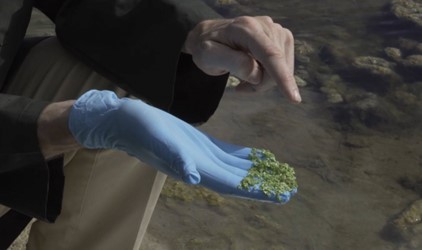
It looks like tiny little petals, but these are actually leaves or fronds. And it often has tiny little translucent roots coming down from the bottom of it.
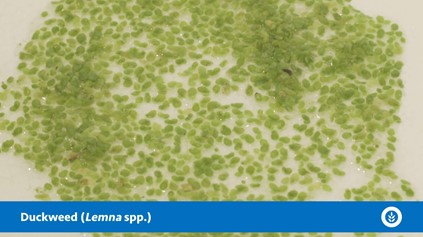
This is another plant, called duckweed.
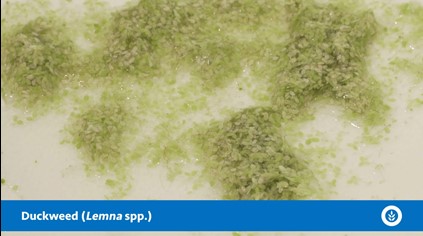
It, too, is very common in a lot of different water resources, and it’s something we can definitely help you clean up.
Example 3: Cyanobacteria (Nostoc, Rivularia, or Calothrix)
If you reach into your pond and pull something out that's sort of slimy and gooey, that looks like balls of gel, this can be many different types of cyanobacteria.
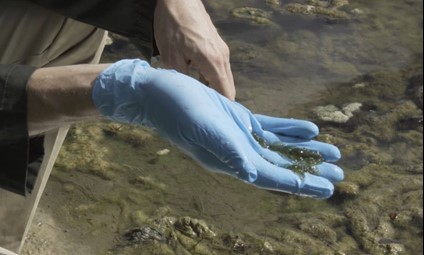
This could be Nostoc, Rivularia, or Calothrix.
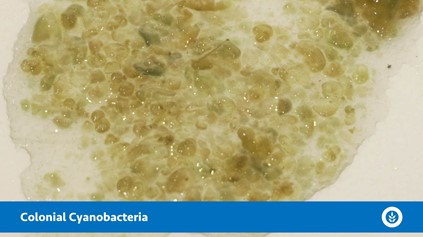
These are fairly common types of cyanobacteria we see in water resources.
Example 4: Cyanobacteria (scum-formers)
Now if you reach down to pick something up and it looks like a scum that is sort of bluish green in color, and you really can't pick it up, it could certainly be other types of cyanobacteria.
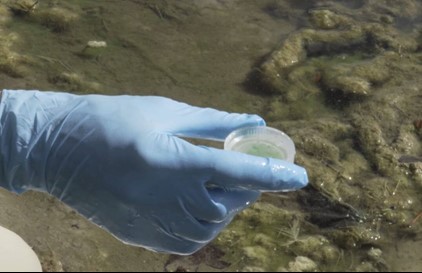
A couple of common types you may encounter are Aphanizomenon and Microcystis.
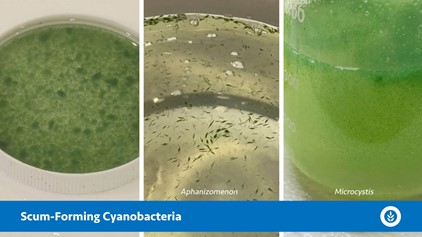
With those scum formers, it’s often very difficult to grab or feel what those look like because they’re so small.
Example 5: Mat-Formers (Pithophora)
Next up, let’s take a look at this mat, this fibrous entanglement on the water body itself. A lot of times it's a type of filamentous algae or mat-forming algae.
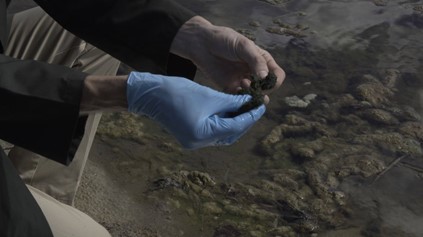
Some common types include Pithophora, or horsehair algae.
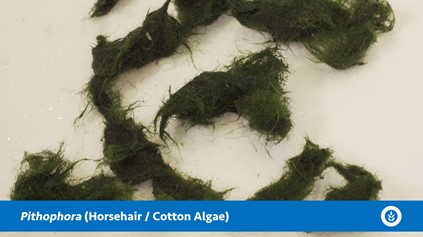
It’s dark green in color, it's something you can pull apart, and it sort of feels like a cotton ball.
Example 6: Mat-Formers (Cladophora)
Now, if it's a little bit lighter green in color and still somewhat cottony, it's typically going to be Cladophora.
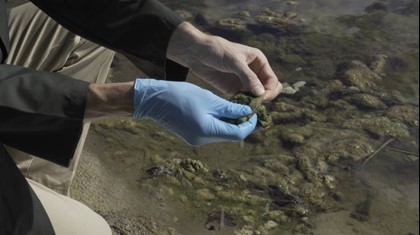
It’s very similar to Pithophora. Rhizoclonium actually behaves very similarly as well, but it's usually not branched.
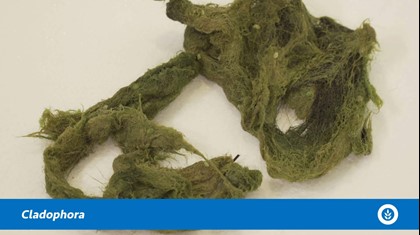
So those are common types of cottony, mat-forming algae that you may encounter.
Example 7: “Silk Algae” (Spirogyra)
If you pick something up that is very slick and slimy, this is often something like Spirogyra.
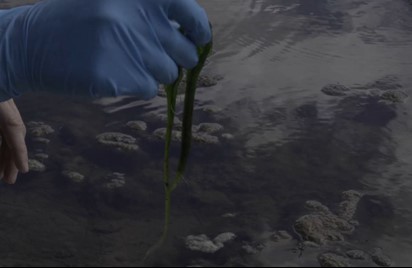
It still feels somewhat rigid, but you can see how it acts very differently and looks different when you pick it up. This is often called “silk algae.”
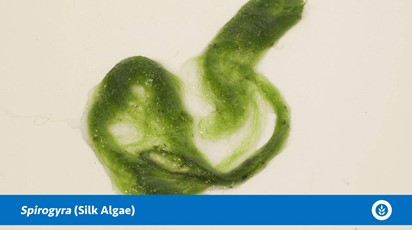
There are a few other types of these bright green slimy ones you’d commonly see out there, like Mougeotia and Zygnema. They’re pretty neat types of early spring algae that you’d commonly see in water resources.
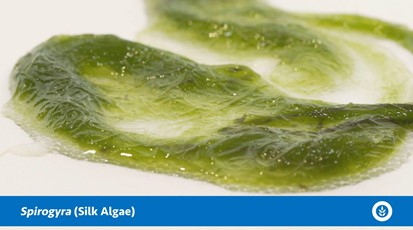
Example 8: Filamentous Cyanobacteria (Lyngbya)
We’ll look at one more example today, and it’s a very slimy, thick, nasty smelling mat-former called Lyngbya.
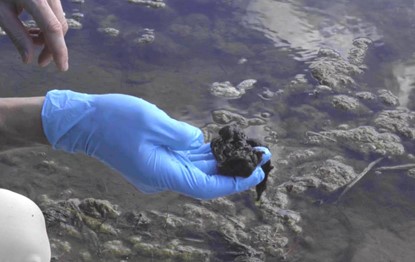
There are a few other filamentous cyanobacteria that look like this, too. Phormidium and Oscillatoria can act this way. Scytonema is another that we're seeing a lot of, and it often smells bad due to its taste and order compounds. A lot of them produce toxins as well. They often have a dark or black color, and they look and feel pretty slimy.
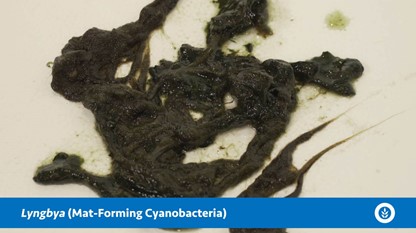
These are cyanobacteria, or blue-green algal mats that we see. They form across the bottom, but often can form mats across the surface, too.
Always Wear a Glove!
As a final note, if you noticed, I used a gloved hand to do this hand test identification. There are many reasons for that. First, some of these algal mats can harbor bacteria that can make people sick. Sometimes there are leeches or other bugs in there that may be able to bite you that you don't want to get on your skin. Sometimes there are parasites down there you don't want to come in contact with. Also, some of the dermatitis toxins that the cyonabacteria can produce can cause rashes.
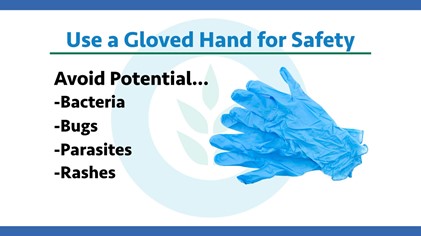
So overall, it's good to use a gloved hand if you can. Be sure to wash your hands with soap and water either way, just to make sure you don't have any of these things that can get on you after doing this hand test identification.
We’re Here to Help
In summary, the hand test is a quick, simple, on-site assessment that you can do to identify weeds and algae. It’s often the first step to getting rid of algae in your pond, and controlling invasive weeds that may be growing. If you need help understanding what you have in your water, or confirming the problem you’re suspecting, please send us a picture!
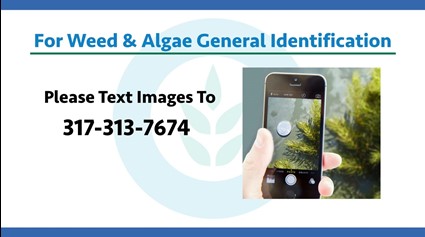
We can put you in touch with your local SePRO technical specialist. As always, there is a lot more to learn in the Algae Corner series and on the rest of our site at SePRO.com. Thanks for tuning in!

